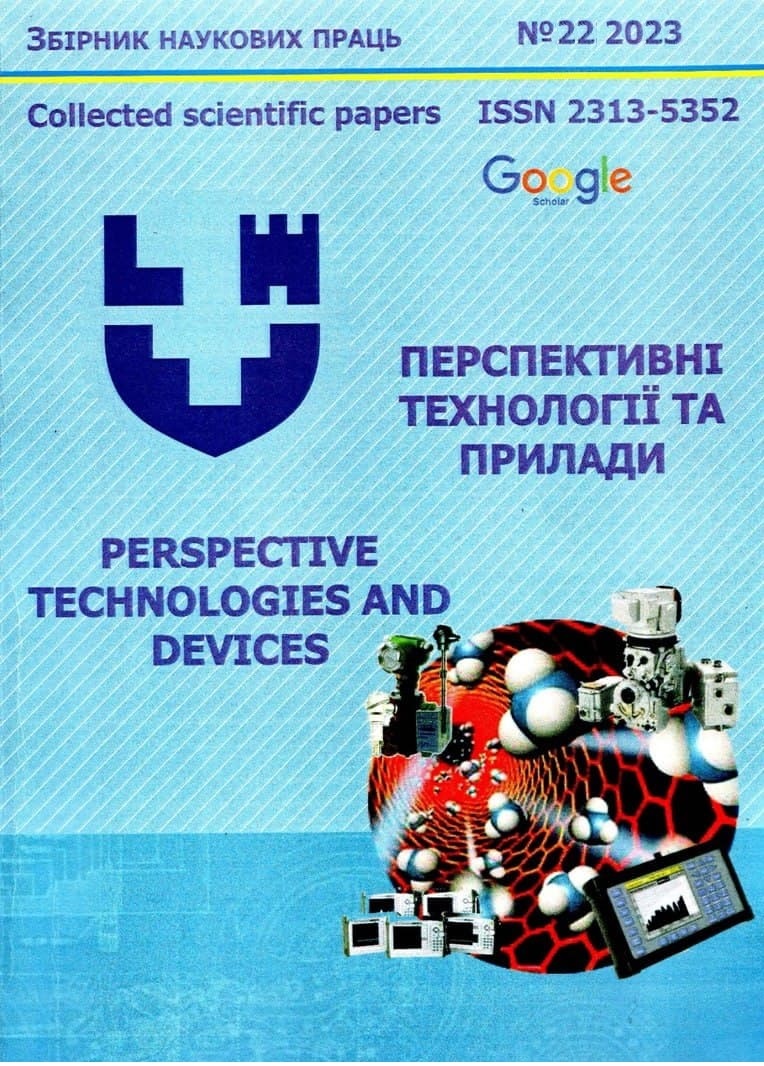ГНУЧКІ СЕНСОРИ ВОЛОГОСТІ НА ОСНОВІ ПЛІВОК НАНОЦЕЛЮЛОЗИ ДЛЯ БІОМЕДИЧНОГО ЗАСТОСУВАННЯ
DOI:
https://doi.org/10.36910/10.36910/6775-2313-5352-2023-22-12Анотація
У роботі створено та досліджено гнучкі, біорозкладні сенсори відносної вологості повітря ємнісного та резистивного типу на основі плівки наноцелюлози (НЦ). НЦ екстраговано із органосольвентної пшеничної целюлози методом кислотного гідролізу. Електроди на поверхню плівки НЦ наносилися методом магнетронного осадження у атмосфері аргону. Особливістю даних сенсорів є те, що НЦ виступає одночасно чутливим шаром та механічною основою. Досліджено статичні (відгук, чутливість, реверсивність та повторюваність) та динамічні (короткочасна стабільність, часи відгуку та відновлення) характеристики сенсорів. Встановлено, що резистивний сенсор характеризується вищою чутливістю 0,052(RH%) -1, яка є стабільною на різних частотах тестового сигналу. При цьому ємнісний сенсор демонструє нижче значення гістерезису (на рівні 9%), кращу повторюваність сигналу (відхилення при циклюванні не перевищувало 17%) та короткочасну стабільність (девіація сигналу за час виміру не перевищували 5%). Також досліджена можливість застосування сенсорів для використання у системах моніторингу дихання людини. Визначено, що обидва сенсори здатні детектувати подих різного темпу (швидкий, середній, повільний), а також реагують на різний об’єм повітря, що видихається людиною.


